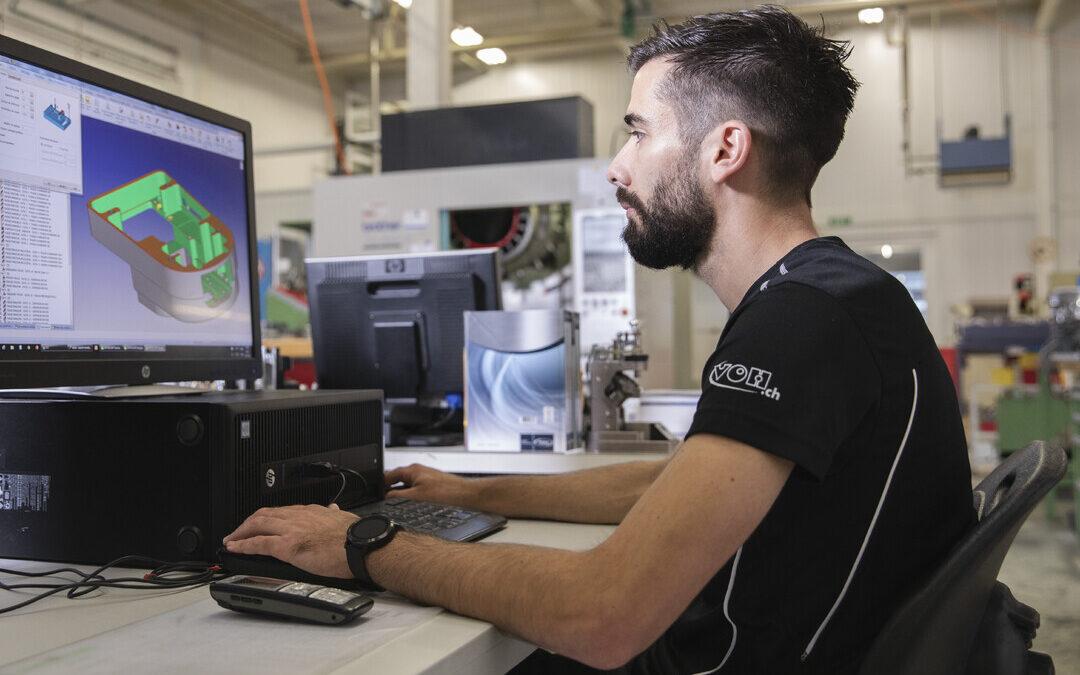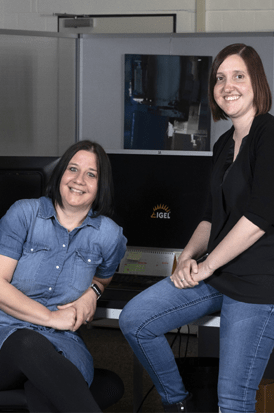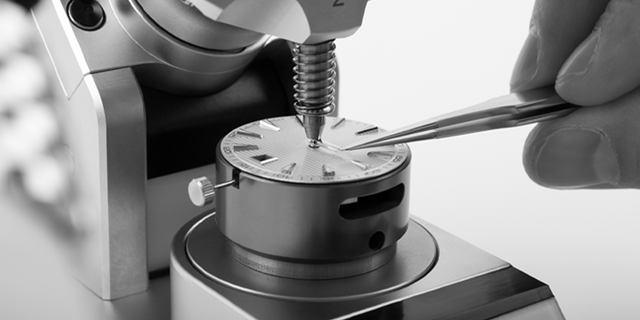Using the Torquemeter TVD by example
March 23, 2022
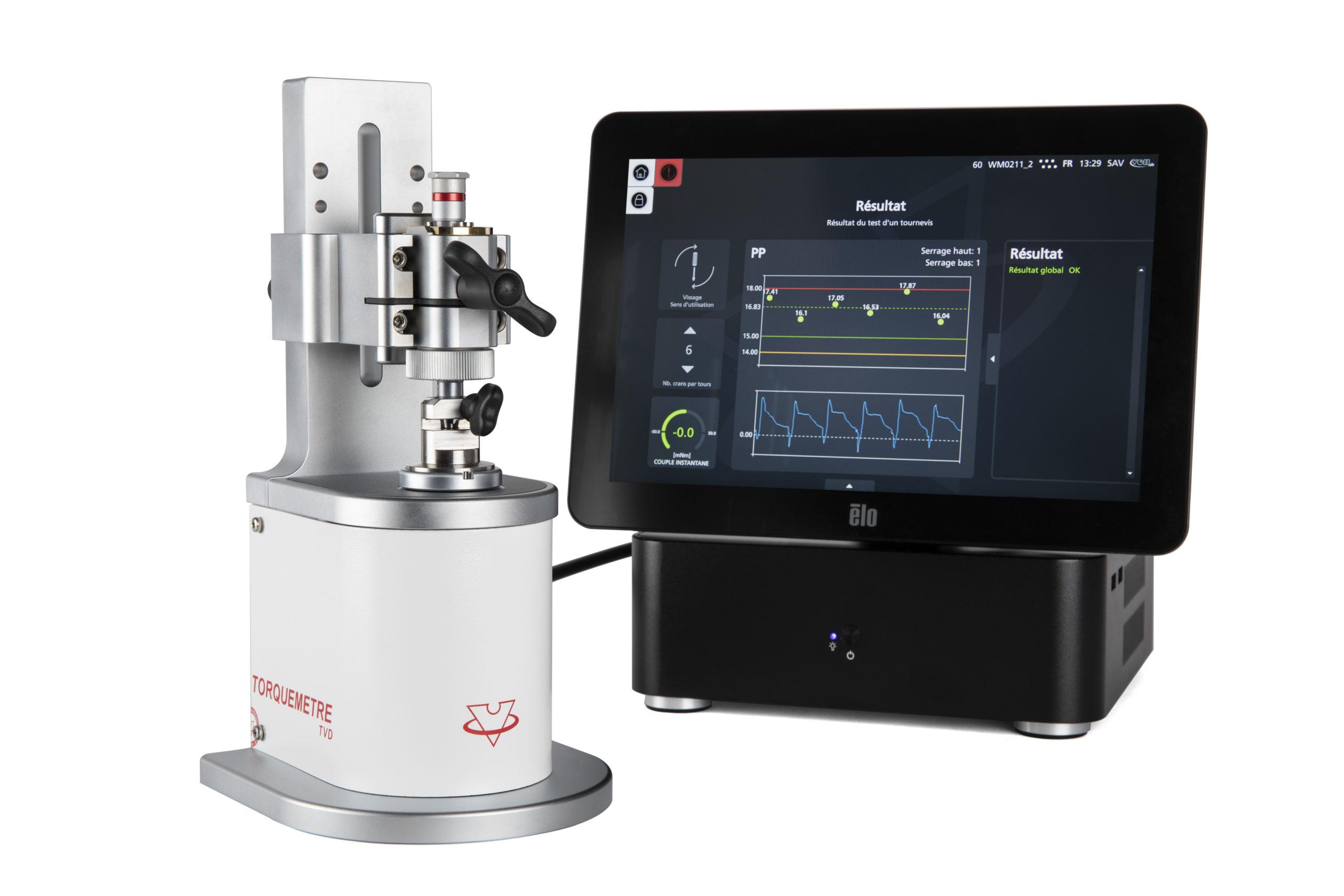
Vincent Nardella has been working at VOH since 2018. He holds a CFC in automation and two years of higher technical education in Biel, which gives him the status of ES technician in automation. Within the company, the young man is responsible for the product assembly group and also travels to customers to ensure installation and maintenance. As an expert in mechatronics, he is responsible for explaining the concept of torque measurement at VOH. “Very simply, this measurement consists of detecting and measuring the effort required to rotate a concentric element in relation to another.
The motor, which is attached to the measuring gauge, drives the moving part of the screwdriver, which allows us to detect and measure each release point. It is these points that we analyze, with precision”, explains Vincent Nardella.
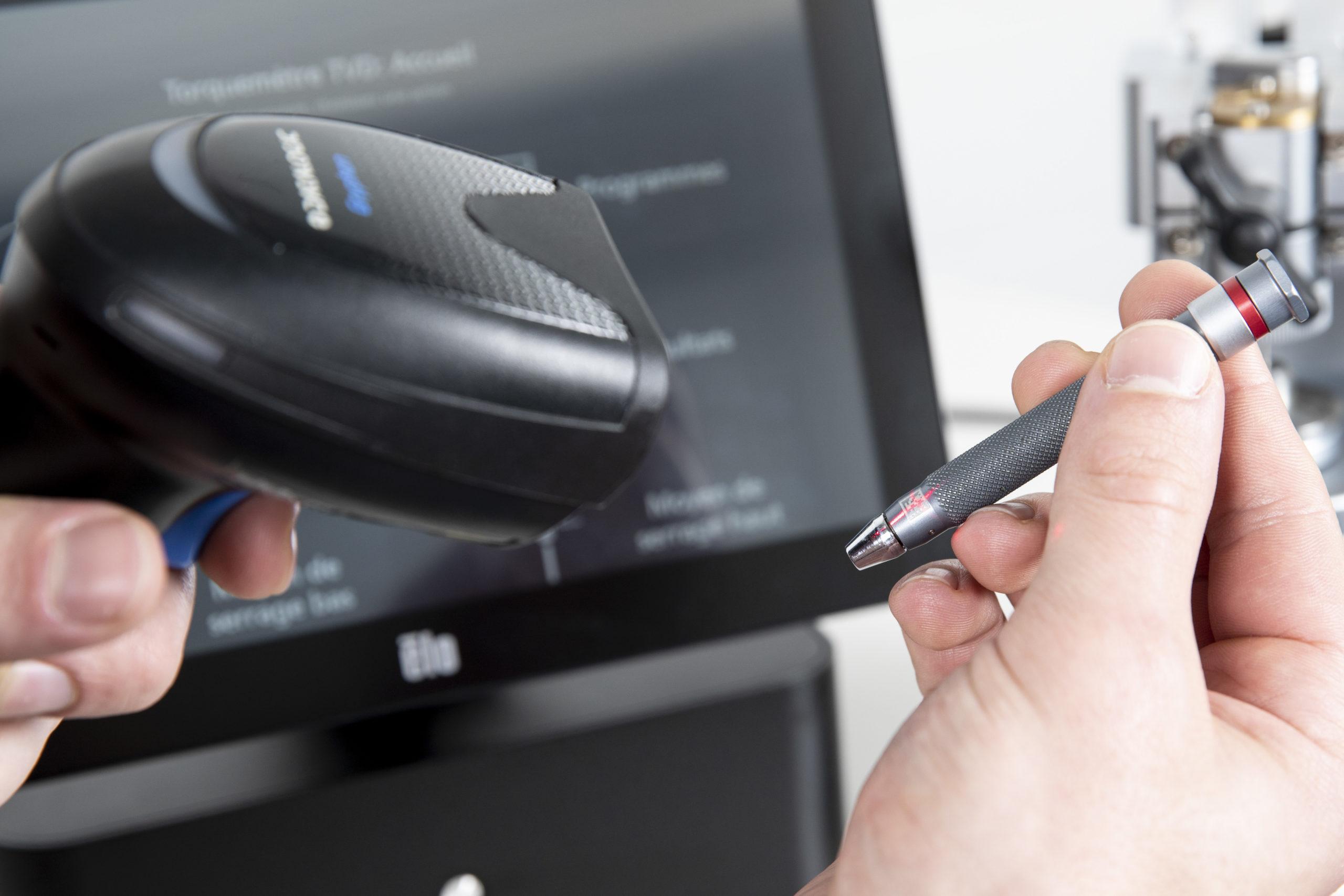
A MUCH FINER ANALYSIS OF THE DATA
A 100% VOH TORQUE SENSOR

As can be seen, all the stages in the production of VOH metrology equipment are subject to precise procedures, whether it be software development or the manufacture of the device itself. All the VOH teams are mobilized in such a way as to consolidate our company’s status as an essential reference in the world of watchmaking equipment manufacturers.











